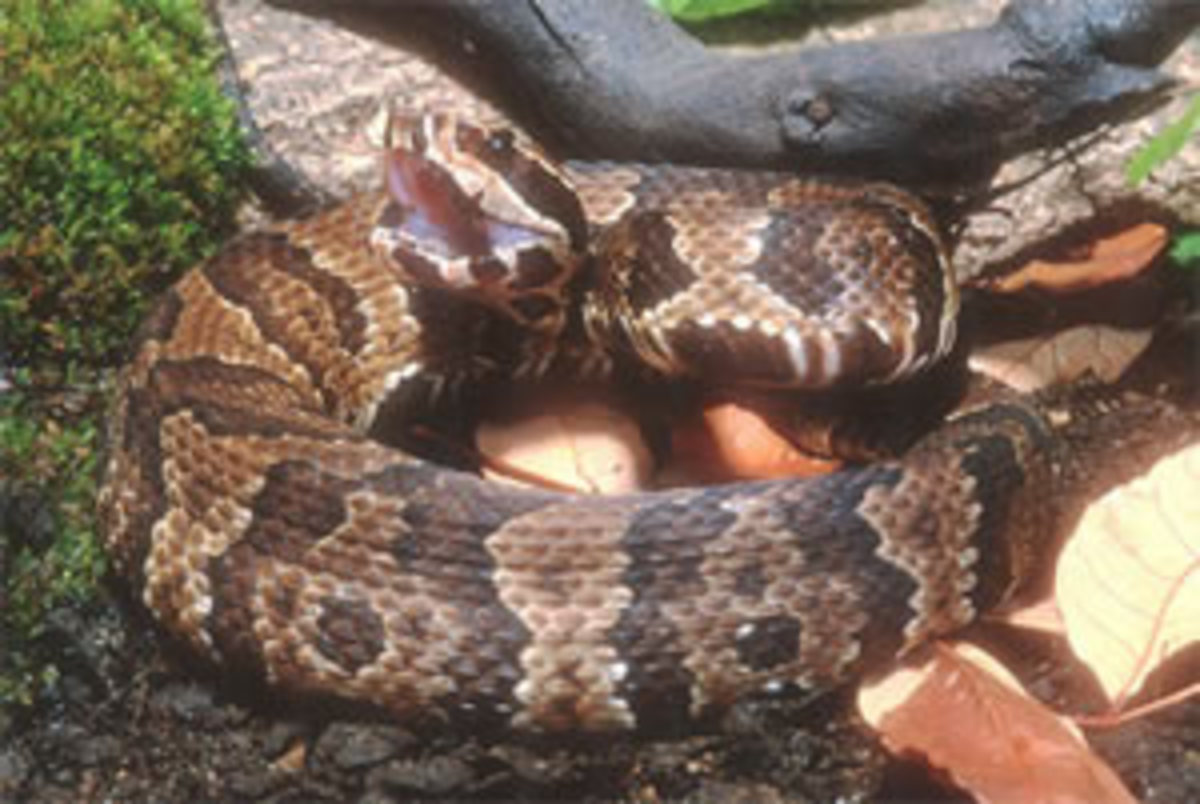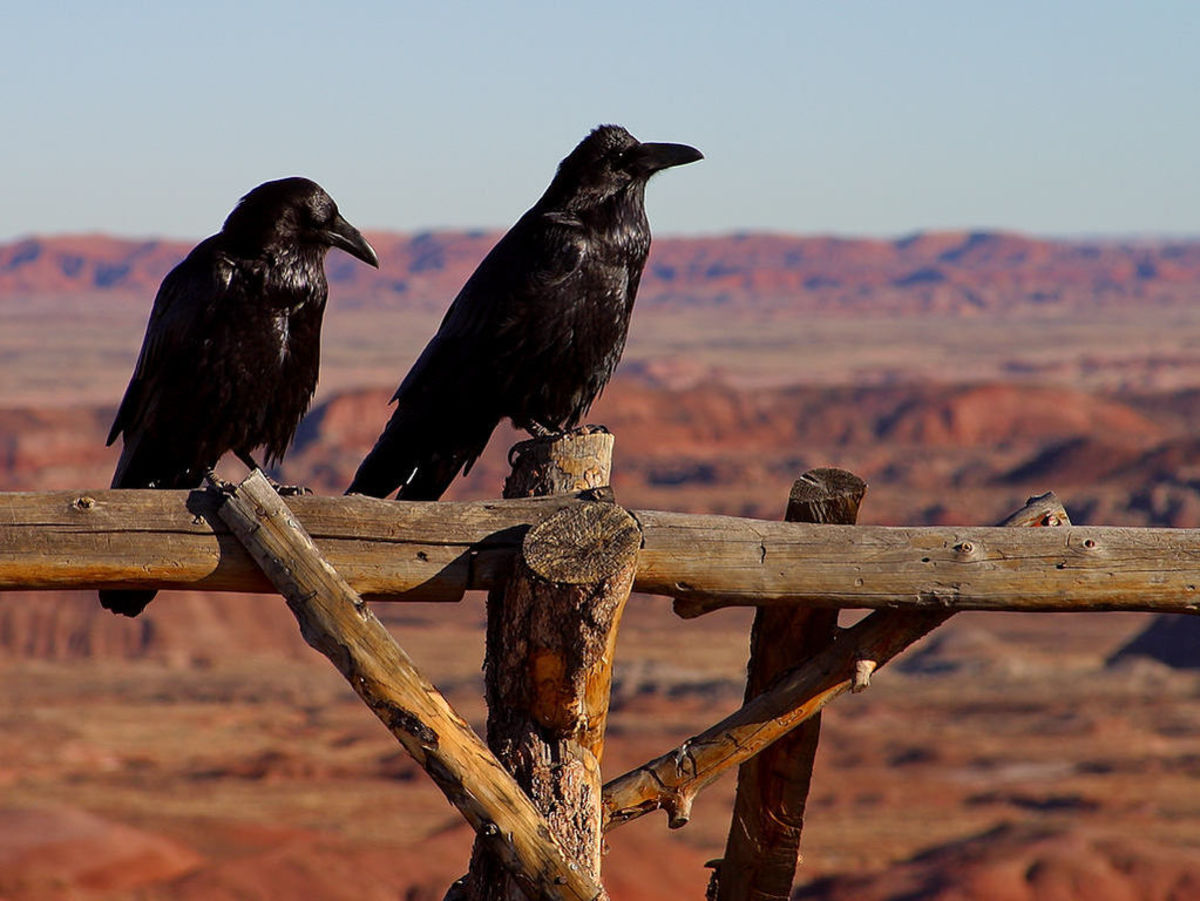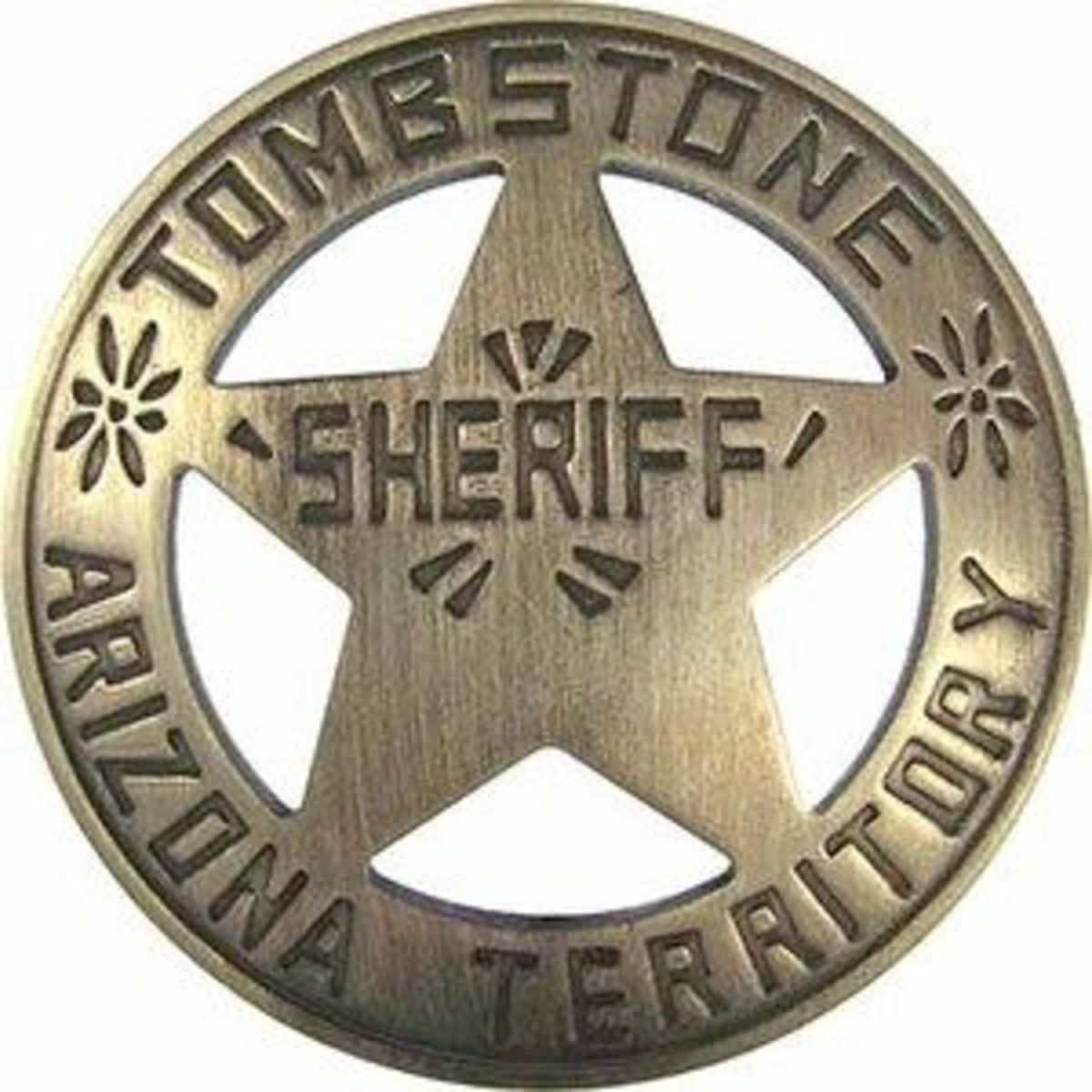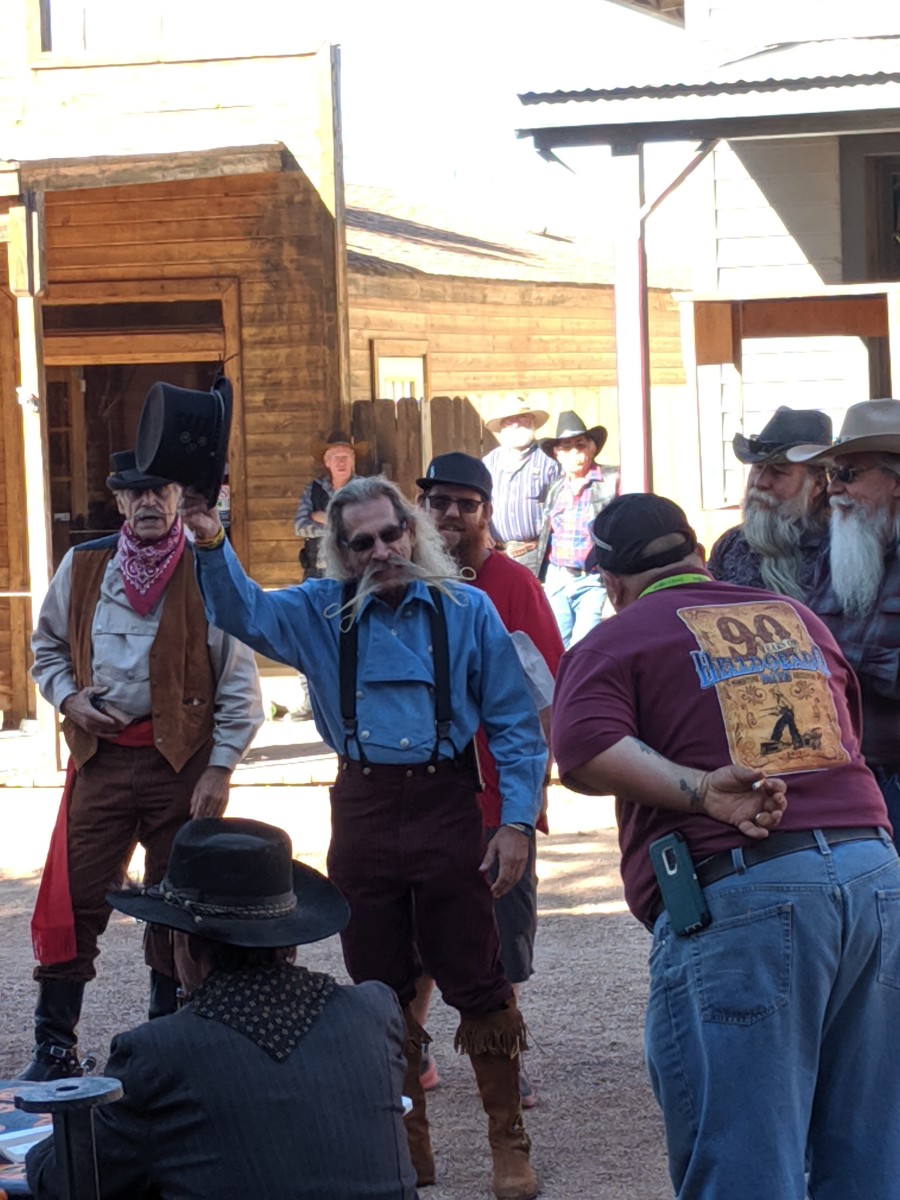- HubPages»
- Education and Science»
- History & Archaeology»
- History of the Americas
Rattlesnake Jack McIntyre: A Wild West Legend

Wild West Mythology
Think about everything you know about the Wild West. Now, toss it aside, because you probably got most of your knowledge from Hollywood, which hugely distorted the stories that came its way.
But, Rattlesnake Jack McIntyre was the real deal; a character from Central Casting that even the scriptwriters from Warner Brothers couldn't make up.
That said, we need to be cautious in accepting all the stories about the subject of this article. Some information is drawn from contemporary newspapers and, as with Fox News and others today, they weren't always scrupulous about accuracy.
A Few Words About Rattlesnakes
The hero (if that's the right word) of this article came by his nickname because of his close association with rattlesnakes in his circus days (more on that later).
There are more than 30 different species of rattlesnake and none of them are people friendly. They come fully equipped with two prominent fangs and are loaded with venom.
Healthline.com says, “The venom from the majority of rattlesnake bites will damage tissue and affect your circulatory system by destroying skin tissues and blood cells and by causing you to hemorrhage internally.”
There will be some pain, perhaps, nausea and vomiting, difficulty breathing, blurred vision, and a few other unpleasant symptoms. However, rattlesnake bites are not usually fatal although the after effects may make you feel like you want to die.
If bitten, seek medical help immediately. Better still, live in a place where there are no rattlers. Do not. Repeat, DO NOT do a Steve Irwin.
Rattlesnake Jack's Circus Life
His name was S.A. McIntyre and nothing is known about his life before he turns up in the late 1880s with a touring circus. Nobody seems to know what his initials stood for.
Here we turn to Wyoming historian Michael Dykhorst:
“His performances would have been the stuff of legend, captivating audiences with their blend of terror and awe. McIntyre would probably handle the venomous snakes as if they were mere toys, his movements so assured that it seemed he possessed some secret knowledge that rendered him immune to their lethal bites.”
The following story appeared in Bill Barlow's Budget, a weekly newspaper published in Douglas, Wyoming. In August 1894, McIntyre arrived in town with “a gunnysack part full of live rattlesnakes, with which he performed on the street for the amusement of a crowd of interested spectators. He would shake up his sack of snakes and dump them out on the ground, and gather them up and put them back in the sack with his hands without any resistance or show of hostility from the snakes. During the performance the rattle was broken off of one of the snakes, and Jack promptly took out a needle and thread and sewed it on again.”
This remarkable bit of street theatre happened after McIntyre had given up the circus for the more solitary life of a trapper.

Trapper McIntyre
Predators, such as wolves and coyotes, were quite a problem for ranchers in Colorado and Wyoming. Rattlesnake Jack stepped forward to rid the territory of the critters that were killing cattle.
At the time, a steer would fetch about $100 ($3,500 in today's money) so ranchers were happy to pay trappers to get rid of the predators.
McIntyre was a highly skilled trapper and he developed a bait that wolves found irresistible. He kept the recipe to himself, seeing no advantage in letting other trappers in on his secret.
Thelma Condit wrote in 1956 that Rattlesnake Jack's success as a trapper might have been attributed to his disinclination to bathe. In Annals of Wyoming she noted, “He was a dirty, evil-looking, wizened-up fellow who ... reeked so strongly of wolf scent he could be smelled for miles around. Undoubtedly this was one reason he was so successful as a trapper, he smelled so like his bait.”
According to The Laramie Boomerang he culled the wild ranges of more than 500 coyotes and almost 100 wolves in a single year.
In 1899, The Sheridan Post reported on another haul of predators and noted, “The bounty on these will bring him in several hundred dollars. In his dealings he has been strictly upright, as is proven by the fact that no man in this county has presented him as a trapper for a fraudulent wolf scalp.”
Other newspapers carried articles about McIntyre's hunting and trapping skills. Clearly, he was very well known in the locality.

Rattlesnake Jack's Personal Life
Despite his personal hygiene habits and repellent aroma, McIntyre attracted wives, but it's unclear how many. He sired two children, his daughter, Martha, and his son, Albert.
However, it comes as no surprise that McIntyre's parenting skills were found wanting. It was having his kids handle rattlers that upset the authorities. Martha was removed from his care but he was allowed to keep Albert on the promise the boy was kept away from the venomous reptiles.
But, Rattlesnake Jack had other issues, he became addicted to morphine. He and Albert went into seclusion in a cabin near Walden, Colorado during the winter of 1910-11.
In late February 1911, the drugs seemed unable to quieten the demons that bothered him and Rattlesnake Jack McIntyre used a shotgun to end his life. His body was found by Albert, his son.
Bonus Factoids
- In writing about Rattlesnake Jack, Thelma Condit says his “personal filth probably accounted for his safety in carrying rattlesnakes around in his shirt. He'd get drunk, open his shirt front, and out would crawl 2 or 3 huge rattlesnakes. He'd play with and fondle them in utter fearlessness and seemingly without danger to himself.”
- The U.S. Food and Drug Administration says that between five and 15 people die from rattlesnake bites in the United States annually. Compare this with the more than 51,000 fatalities from snake bites that occur in India each year.
- In July 2025, Canadian Daniel Fehr was golfing in Texas. He tried to play his errant drive out of the rough when he was bitten by a rattlesnake. He went into anaphylactic shock and cardiac arrest. At the time of writing, he is in a coma and shows signs of severe brain damage.
Sources
- “Rattlesnakes: Habitats, Behavior, and Diet.” Regina Bailey, thoughtco.com, December 13, 2019.
- “Rattlesnake Bite.” Becky Young, healthline.com, April 17, 2023.
- “The Rattlesnake Whisperer: McIntyre’s Mark on the West.” Michael Dykhorst, sheridanwyominghistory.com, December 20, 2024.
- “The Hole-in-the-Wall.” Thelma Gatchell Condit, Annals of Wyoming, April 1956.
This content is accurate and true to the best of the author’s knowledge and is not meant to substitute for formal and individualized advice from a qualified professional.
© 2025 Rupert Taylor








